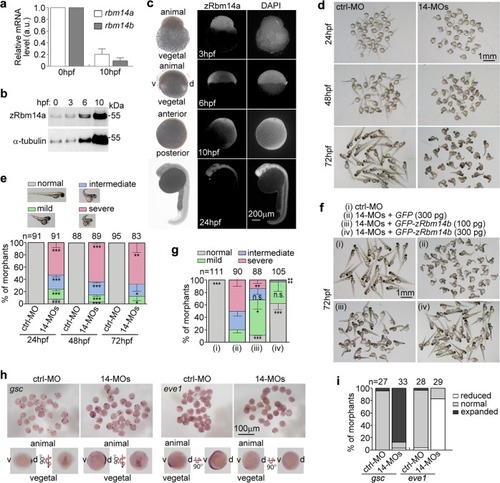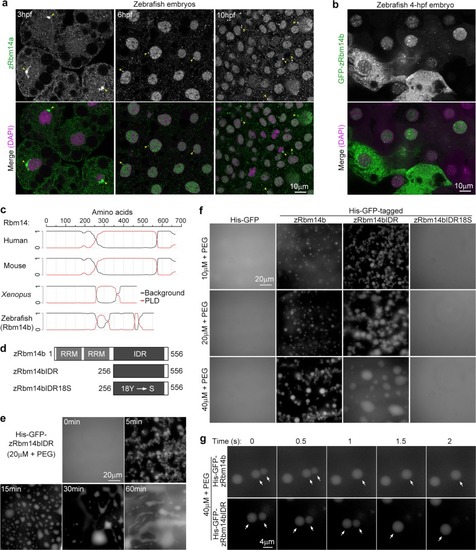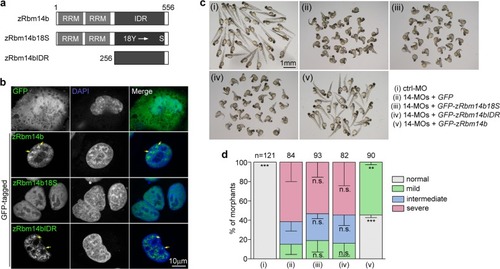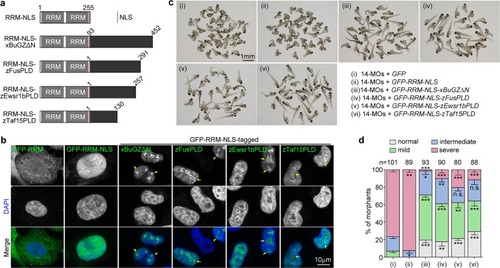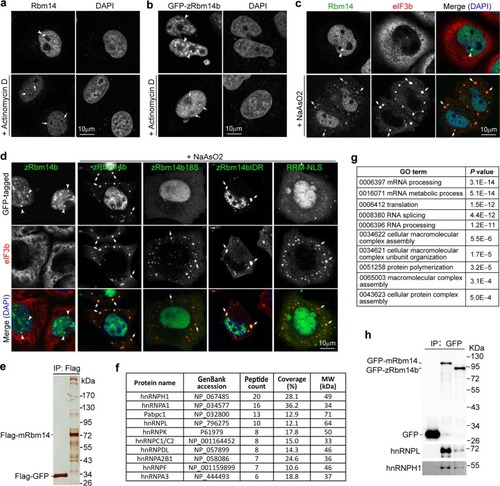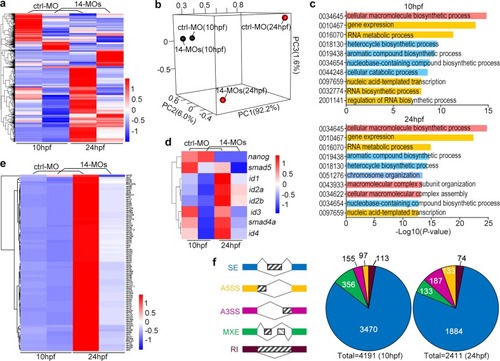- Title
-
Regulation of zebrafish dorsoventral patterning by phase separation of RNA-binding protein Rbm14
- Authors
- Xiao, Y., Chen, J., Wan, Y., Gao, Q., Jing, N., Zheng, Y., Zhu, X.
- Source
- Full text @ Cell Discov
|
EXPRESSION / LABELING:
PHENOTYPE:
|
|
|
|
|
|
|
|
|
|
|
|
|

ZFIN is incorporating published figure images and captions as part of an ongoing project. Figures from some publications have not yet been curated, or are not available for display because of copyright restrictions. PHENOTYPE:
|

